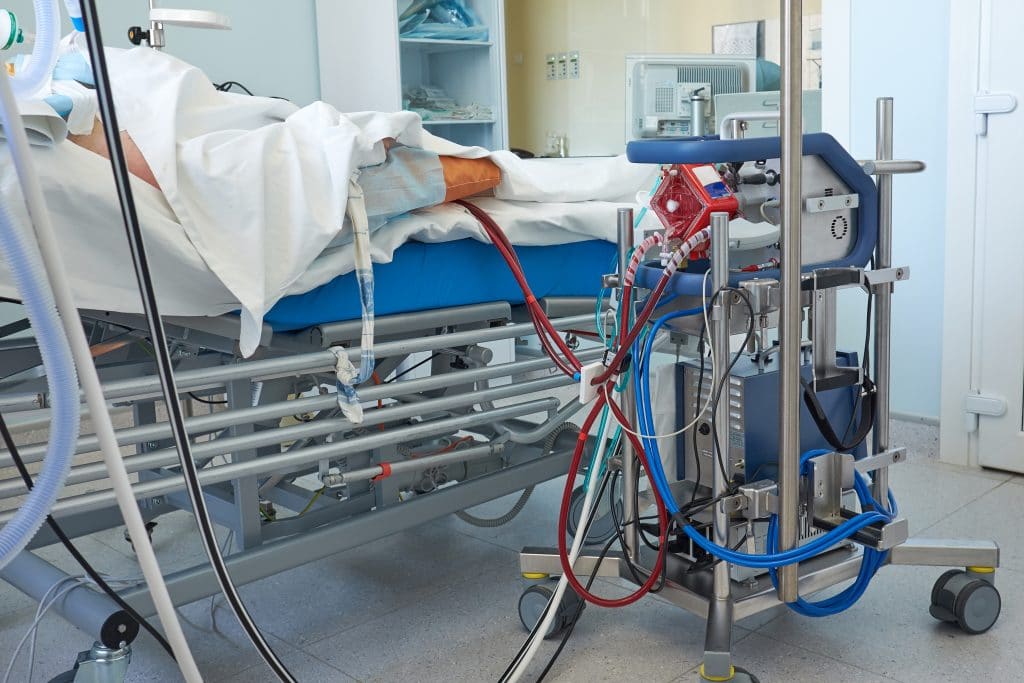Early Detection, Prevention, and Management of Acute Limb Ischemia in Adults Supported With Venoarterial Extracorporeal Membrane Oxygenation

Acute limb ischemia caused by peripheral venoarterial extracorporeal membrane oxygenation (ECMO) cannulation is associated with increased mortality. Early detection of limb hypoperfusion may lead to timely intervention and prevent irreversible muscle damage. Methods to determine the adequacy of tissue oxygenation in cannulated extremities include bedside physical examination, trending serum biochemical markers, and somatic near-infrared spectroscopy. To prevent ECMO-related limb ischemia events, interventions include the addition of distal antegrade perfusion catheters to the arterial ECMO canula, minimizing arterial cannula diameter, placing arterial and venous cannulae on opposite extremities, and adding a side-arm graft to the cannulated artery. If the limb develops early signs of ischemia, preventative measures such as distal perfusion catheter insertion or changing the location of the arterial cannula should be performed. Acute compartment syndrome requires emergency fasciotomy or amputation if the limb is unsalvageable. Opportunities for future research include improving monitoring technology and standardizing the use of the distal perfusion catheter.
